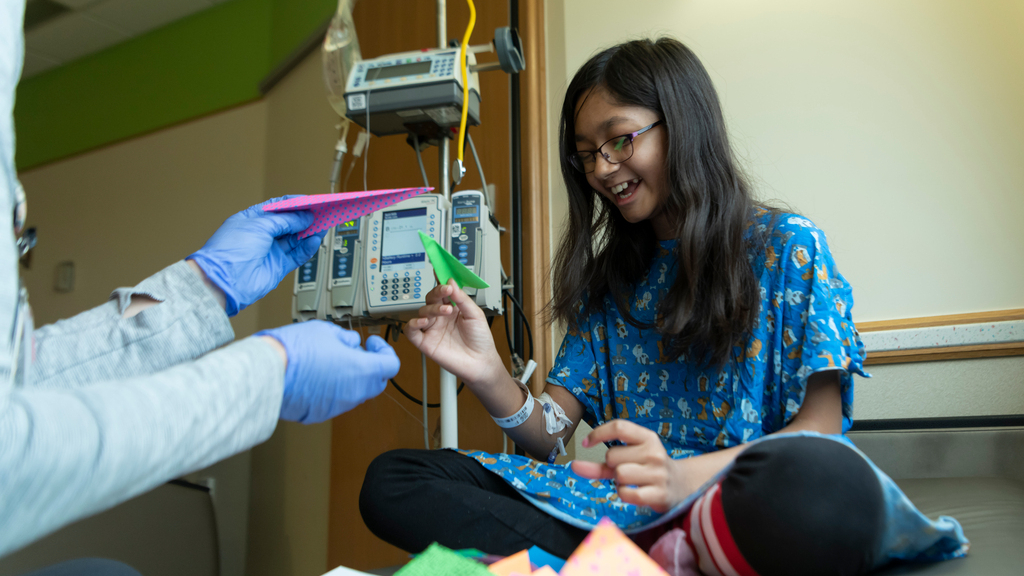Condition
Pediatric Staph and MRSA Infection
What You Need to Know
MRSA is staph bacteria that can’t be killed with common antibiotics.
Key Symptoms
The most common symptoms of a MRSA skin infection are:
- Bump that is painful, red, leaking fluid or swollen
- Skin around a sore that is warm or hot
- Fever
Diagnosis
Doctors typically diagnose a MRSA skin infection by:
- Skin swab
- Cultures of samples of blood, spit or fluid from a sore to check for MRSA
- X-ray of the lungs, to see if the lungs may be infected
- Echocardiogram of the heart, to see if the heart may be infected
- CT scan or MRI, to see if any other tissue, bones, or joints are infected
Treatment
Treatment may include:
- Draining the infected sore
- Antibiotics
- Surgery
Schedule an Appointment
Our pediatric specialists provide personalized care for your child’s physical, mental and emotional health needs. Meet our providers and schedule an appointment today.
Frequently Asked Questions
What is MRSA in children?
What causes MRSA infection in a child?
Which children are at risk for MRSA?
What are the symptoms of MRSA in a child?
How is MRSA diagnosed in a child?
How is MRSA treated in a child?
What are possible complications of MRSA in a child?
How can I help prevent MRSA in my child?
When should I call my child’s healthcare provider?
Meet the Providers Who Treat Staph and MRSA
Departments that Treat Staph and MRSA Infection

Infectious Diseases
Our Division of Infectious Diseases is the major referral center for infectious diseases in the Washington, D.C., area, helping thousands of patients each year, and actively promoting prevention through community outreach and education. Learn more about this division.

Help Kids and Make a Difference
Invest in future cures for some of life's most devastating diseases. Give today to help more children grow up stronger.




